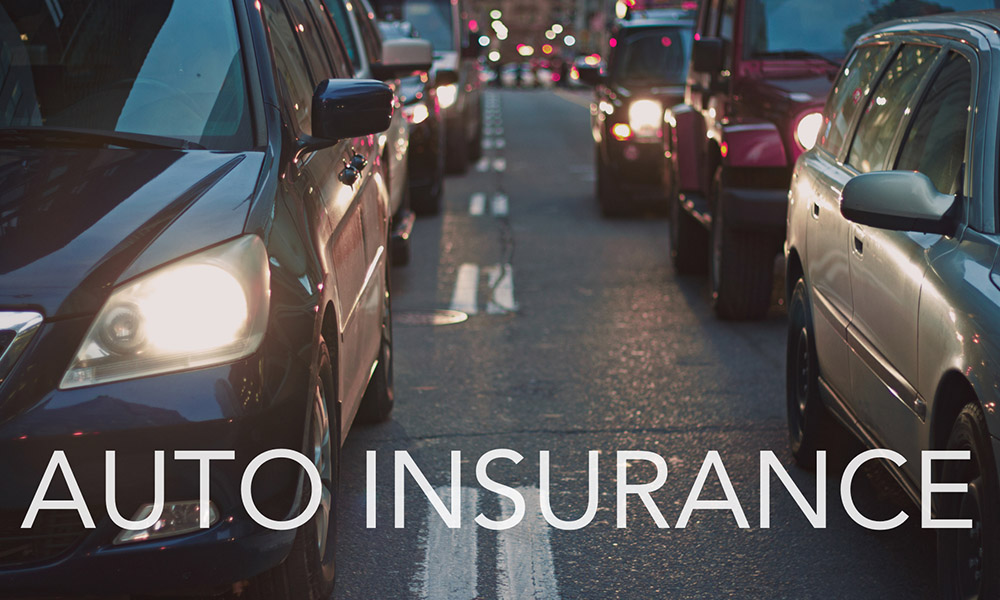
Many people purchase auto insurance because it is required by law but are not fully aware of the protection they are purchasing (or rejecting) when setting up their coverage. An insurance agent should act as an advisor, attorney, or financial planner. The agent should go over the details of the policy and make sure their client is fully informed when purchasing coverage. Unfortunately, this is not always the case. We will be breaking down the 2 major sections of an Iowa auto policy in 2 separate blogs, Part 1: Auto Liability Protection and Part 2: Auto Physical Damage.
Part 1: Auto Liability Protection:
Auto insurance, as well as most lines of coverage, is in place to prevent serious financial loss because of an unexpected event, such as a car accident. In some cases, carrying certain types of insurance is required by law. Unfortunately, the limits required are often not enough to protect an individual from some major out of pocket expenses.
As mentioned, this blog is going to focus on the first section of the personal auto policy, liability protection. The main purpose of the liability section of an auto policy is to protect the insured from the financial impact of the potential damage they might cause to others with regards to their physical body or their physical property. However, there are also aspects of the auto liability section set up to address damages suffered by the insured.
The auto liability section is usually written in 2 different ways: with split limits or with combined signal limits. For the purposes of this blog, we will be providing examples of an Iowa policy written with split limits. We will also assume that in the examples provided, you are “at fault” for the damages.
A typical Iowa auto policy with split limits may be set up as follows:
- Bodily injury liability person/ per accident: This is for damage cause by you to someone else’s physical person.
- Property damage liability: Damage caused by you to someone else’s physical property.
- Medical payments: Will pay for treatment for you or your passengers for injuries regardless of who is at fault for the accident. Coverage is not limited to inside your vehicle.
- Uninsured motorist coverage: For bodily injury caused to the insured by an individual who did not have any liability coverage.
- Underinsured motorist coverage: For bodily injury caused to the insured by an individual who did not have enough liability coverage to cover the loss.
Often the best way to offer coverage explanations is through claim examples. The example we will use is the insured is approaching a stopped vehicle (with 3 people in it), does not stop in time, and hits that vehicle. The insured is 100% at fault and this means their liability protection will apply. Their policy is set up:
- Bodily injury liability $100,000 per person / $300,000 per accident
- Property damage liability $100,000
- Medical payments: $10,000
- Uninsured motorist coverage: $100,000 per person/ $300,000 per accident
- Underinsured motorist coverage: $100,000 per person / $300,000 per accident
How would the insured’s liability coverages apply to the following?
2 people in the vehicle the insured hit get hurt. One will need treatment totaling $75,000 and the second needs treatment of $ 250,000.
- The insured’s policy would pay out no more than $100,000 per person with a max of $300,000 total for the accident. This means the payout would be $75,000 for the first person covering all the treatment and $100,000 for the 2nd person leaving a large gap and potential out of pocket issue.
Vehicle insured hit was damaged and repairs cost $ 35,000.
- The Property damage liability limit would pay out on this. However, the driver of the other car may also need a replacement vehicle while their car is being repaired. Depending on the amount of the rental, this could cost an additional $1000 +/-. This would also be covered.
The insured has a passenger in their car, and they were injured.
- The insured’s medical payments coverage could be used for this treatment. Please note this is often a low amount and used in a supplemental manor.
To provide an example with uninsured and underinsured motorist coverage, we must amend the claim example. The insured is now the stopped vehicle that gets hit.
If the person who hits the insured does not have liability coverage:
- The insured can look to their uninsured motorist coverage with the limits listed.
If the person who hits the insured has liability coverage, but their limits are too low to cover the damage they cause:
- The insured can look to their underinsured motorist coverage to handle the additional amount of the claim that exceeds the limit of the at fault party.
It is important to note that in Iowa, underinsured motorist coverage and underinsured motorist coverage does not apply to damage done any physical property. This means that if the at fault party causes damage to your vehicle, you cannot claim this damage under your uninsured motorist or underinsured motorist coverage. This would need to be submitted through your auto physical damage coverage, which will be discussed in Part 2! Stay tuned.
If you’d like us to review your current auto insurance policy to make sure you have the right coverage in place, get in contact with us and request a free quote today. Take the first step and we’ll handle the rest.
